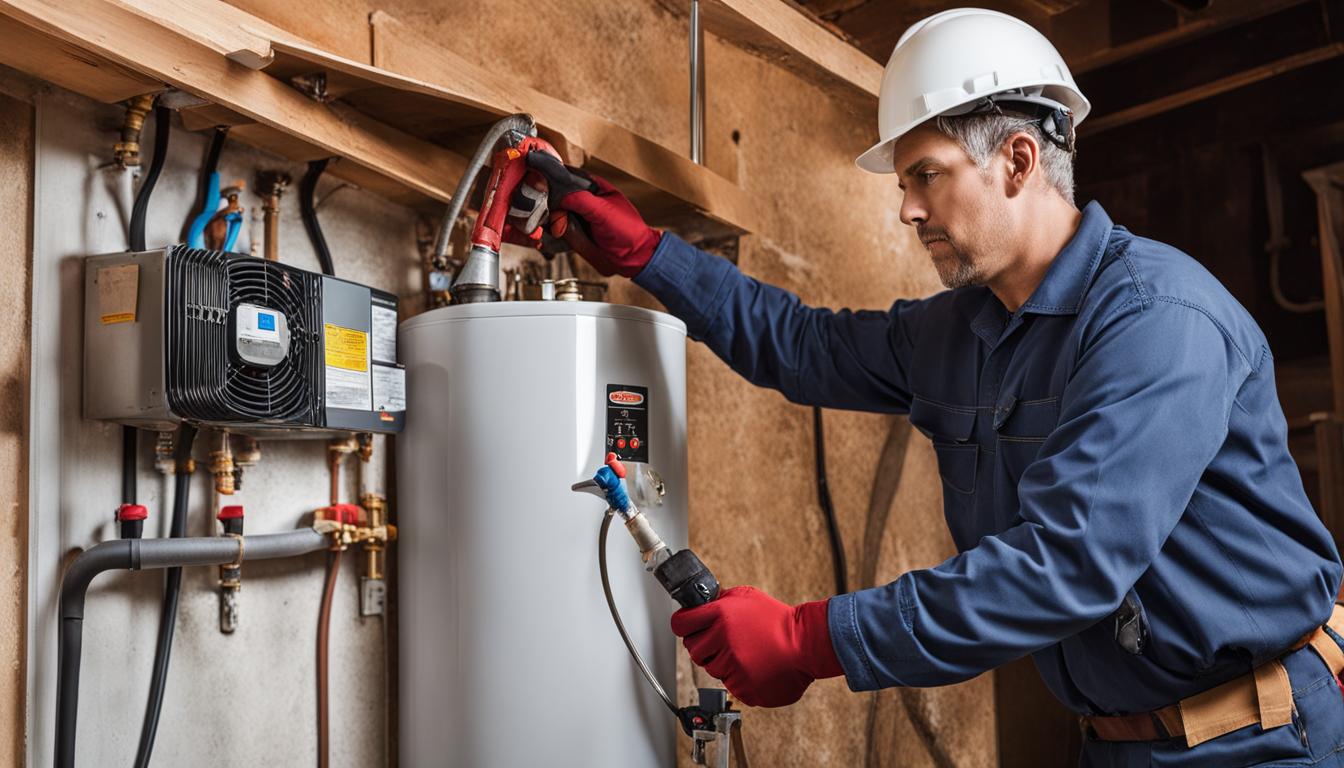Just about every person may have their personal idea in relation to What Kind of Maintenance Do Water Heaters Need?.

Warm water is important for day-to-day comfort, whether it's for a rejuvenating shower or washing meals. To guarantee your hot water system runs effectively and lasts much longer, regular upkeep is key. This article supplies practical suggestions and understandings on how to preserve your home's warm water system to avoid disturbances and costly repair services.
Intro
Maintaining your home's warm water system might seem overwhelming, yet with a few easy actions, you can guarantee it operates efficiently for several years to come. This guide covers whatever from understanding your hot water system to DIY upkeep tips and understanding when to call in specialist help.
Value of Maintaining Your Warm Water System
Regular maintenance not just extends the life-span of your hot water system however also ensures it runs efficiently. Ignoring upkeep can lead to reduced efficiency, higher energy bills, and even early failure of the system.
Indicators Your Hot Water System Requirements Upkeep
Knowing when your hot water system requires attention can avoid significant concerns. Keep an eye out for signs such as irregular water temperature level, weird noises from the heater, or rustic water.
Comprehending Your Hot Water System
Before diving right into upkeep jobs, it's handy to recognize the basic components of your hot water system. Generally, this includes the water heater itself, pipes, anode rods, and temperature controls.
Regular Monthly Maintenance Tasks
Routine regular monthly checks can help catch minor issues before they escalate.
Purging the Hot Water Heater
Purging your hot water heater eliminates debris accumulation, enhancing efficiency and prolonging its life.
Checking and Replacing Anode Rods
Anode rods prevent deterioration inside the container. Checking and replacing them when worn out is crucial.
Inspecting and Readjusting Temperature Level Setups
Changing the temperature settings ensures optimal efficiency and safety and security.
Do It Yourself Tips for Maintenance
You can carry out several upkeep jobs on your own to keep your hot water system in leading problem.
Looking for Leaks
Routinely evaluate pipelines and connections for leaks, as these can lead to water damages and greater bills.
Testing Stress Relief Valves
Testing the stress safety valve ensures it functions appropriately and stops extreme pressure build-up.
Protecting Pipes
Shielding warm water pipes reduces warmth loss and can save energy.
When to Call a Specialist
While DIY maintenance is valuable, some problems require specialist know-how.
Complicated Concerns Needing Professional Aid
Examples include significant leaks, electric issues, or if your hot water heater is constantly underperforming.
Regular Expert Upkeep Perks
Professional upkeep can include detailed inspections, tune-ups, and making certain compliance with safety and security standards.
Verdict
Regular upkeep of your home's hot water system is essential for effectiveness, long life, and price savings. By complying with these pointers and understanding when to look for professional help, you can make sure a dependable supply of warm water without unanticipated disruptions.
How to Maintain an Instant Hot Water Heater
Before tinkering with your hot water heater, make sure that it’s not powered on. You also have to turn off the main circuit breaker and shut off the main gas line to prevent accidents. Also turn off the water valves connected to your unit to prevent water from flowing into and out of the appliance. 2. When you’re done, you have to detach the purge valves’ caps. These look like the letter “T†and are situated on either side of the water valves. Doing so will release any pressure that has accumulated inside the valves while at the same time avoid hot water from shooting out and burning your skin. 3. When the purge valves’ caps are removed, you have to connect your hosing lines to the valves. Your unit should have come with three hoses but if it didn’t, you can purchase these things from any hardware or home repair shops. You can also get them from retail stores that sell water heating systems. Read the user’s manual and follow it to complete this task properly. When the hosing lines are connected, open the purge port’s valves. 4. You should never use harsh chemical cleaners or solutions when cleaning your unit. Make use of white vinegar instead. It should be undiluted and you’ll probably use about 2 gallons. 5. Now flush your water heater. This task should probably take about 40 minutes. We can’t give you specific directions for this because the procedure is carried out depending on the type, model and brand of your heater. With that being said, refer to the user’s manual. 6. When you’re done draining the unit, you have to turn off the purge port valves again. Remove the hosing lines that you earlier installed on each of the water valves. Put the valve caps (purge port) back in their respective places and be very careful so as not to damage the rubber discs that are found inside these caps. 7. Now that everything’s back in place, check your user’s manual again to find out how to reactivate your water heating system. 8. Once it is working, turn one of your hot water faucets on just to let air pass through the heater’s water supply pipes. Leave the tap on until water flows smoothly out of it. https://www.orrplumbing.com/blog/2014/september/how-to-maintain-an-instant-hot-water-heater/

I ran across that post on How to Maintain a Hot Water Heater in a Few Simple Steps when doing a search on the search engines. Sharing is good. You never know, you may be doing someone a favor. I enjoy your readership.
Call Today
 Joseph Mazzello Then & Now!
Joseph Mazzello Then & Now! Alisan Porter Then & Now!
Alisan Porter Then & Now! Andrea Barber Then & Now!
Andrea Barber Then & Now! Michael C. Maronna Then & Now!
Michael C. Maronna Then & Now! Atticus Shaffer Then & Now!
Atticus Shaffer Then & Now!